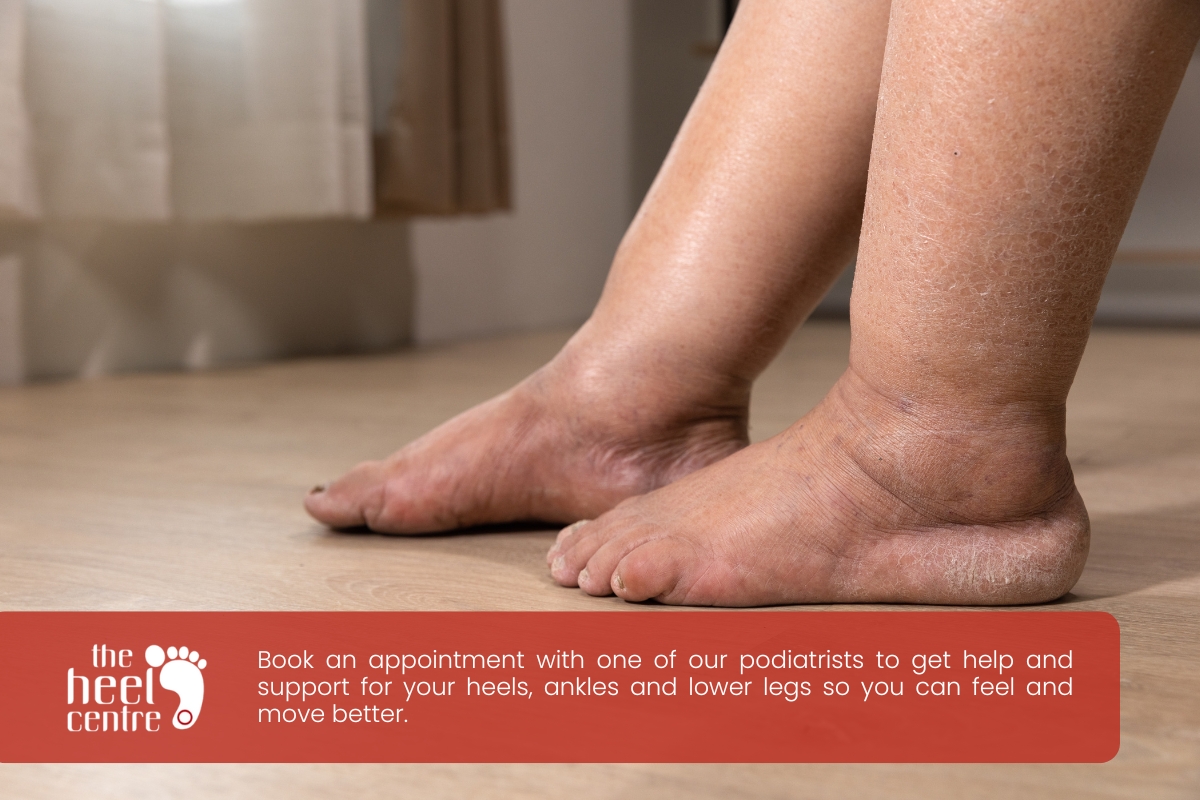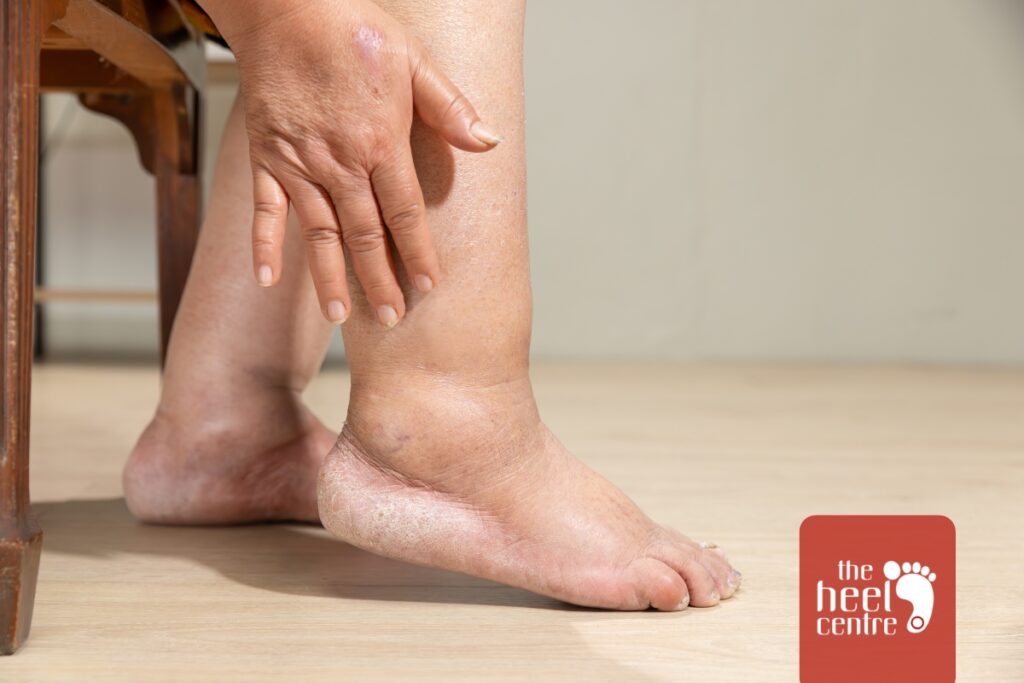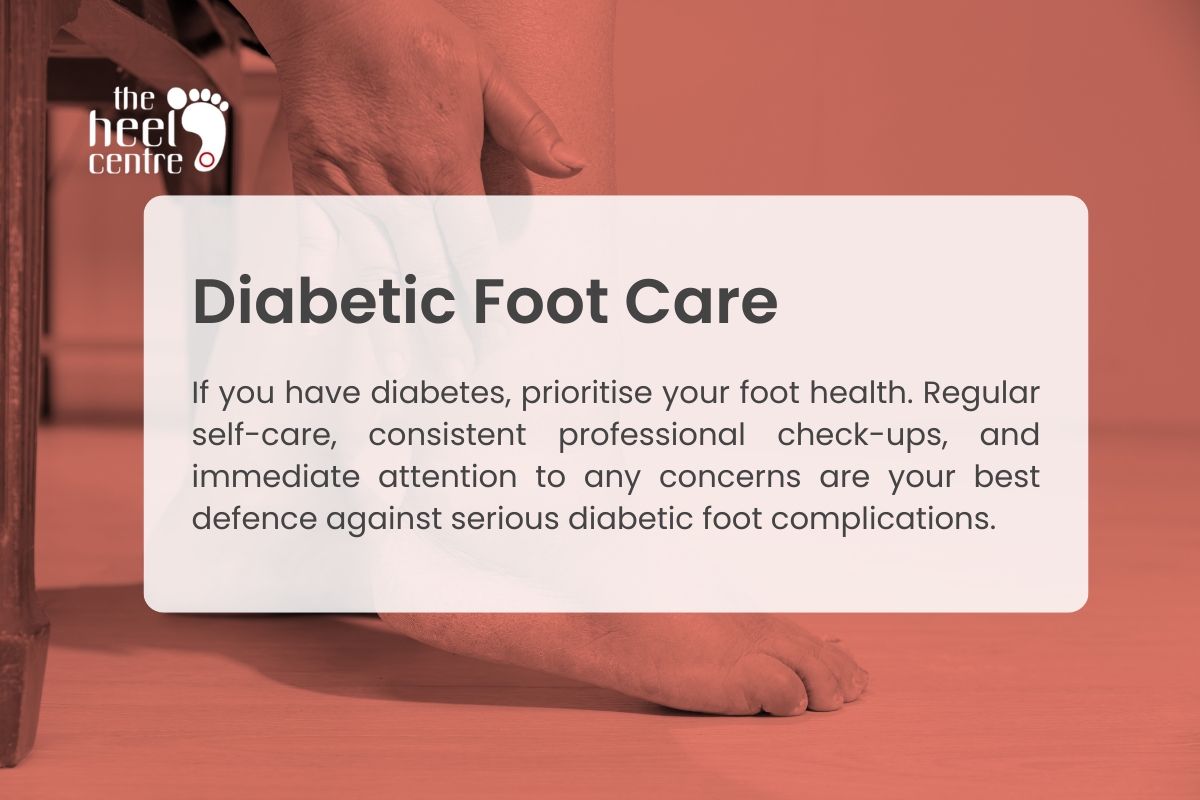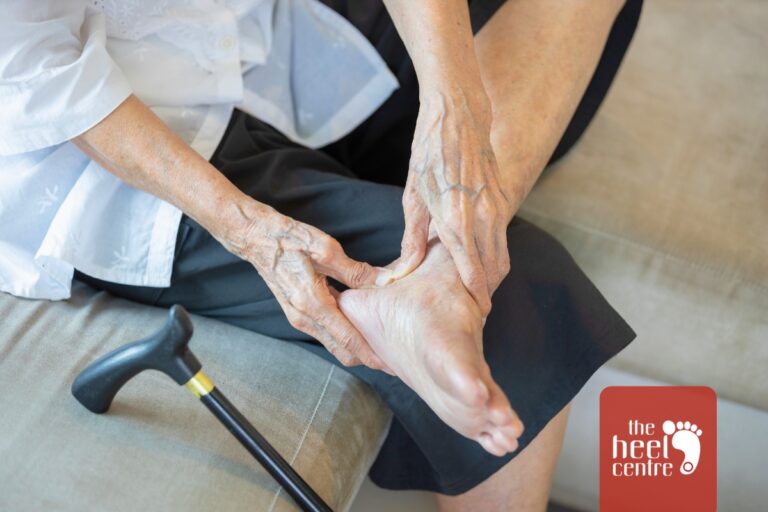Did you know that taking proper care of your feet can significantly impact your overall health if you have diabetes? Are you aware of the steps you can take to prevent complications that may arise?
Diabetes can affect various parts of the body, but its impact on the feet is often overlooked. Nerve damage and poor blood circulation, common issues among those with diabetes, can lead to serious foot problems if not addressed. This can result in ulcers, infections, and even the risk of amputation. With these potential threats, understanding how to manage and care for your feet is crucial.
Proper diabetic foot care is an essential component of managing diabetes effectively. By integrating preventative measures and informed management strategies into your daily routine, you can reduce the likelihood of severe complications.
Prevention of diabetic foot problems
The cornerstone of diabetic foot care is prevention. By following these guidelines, you can significantly reduce your risk of developing complications:
1. Daily foot inspection
- Check your feet every day for any signs of cuts, blisters, redness, swelling, cracks, sores, or changes in skin colour or temperature.
- Use a hand mirror to examine the bottoms of your feet and between your toes, or ask a family member for assistance.
- Report any abnormalities to your podiatrist immediately.
2. Proper foot hygiene
- Wash your feet daily with lukewarm (not hot) water and mild soap. Test the water temperature with your elbow first, as nerve damage can impair your ability to feel heat.
- Dry your feet thoroughly, especially between the toes, to prevent fungal infections.
- Moisturise dry skin on the tops and bottoms of your feet to prevent cracking, but avoid applying lotion between your toes.
3. Appropriate footwear
- Never go barefoot, even indoors, to protect your feet from injury.
- Wear clean, dry socks daily. Opt for socks made of moisture-wicking materials (like cotton or special acrylic fibres) and avoid those with tight elastic bands or bulky seams that can restrict circulation or cause irritation. Diabetic-specific socks with extra cushioning and loose tops are often recommended.
- Choose well-fitting shoes that provide adequate support, cushioning, and have a roomy toe box. Avoid high heels, pointed-toe shoes, or shoes with seams or rough areas inside.
- Inspect your shoes before putting them on to ensure there are no foreign objects (like pebbles) that could cause injury.
- If you have foot deformities or a history of ulcers, your doctor or podiatrist may recommend therapeutic shoes or inserts.
4. Nail care
- Trim your toenails straight across and gently file any sharp edges. Avoid cutting them too short or rounding the corners, which can lead to ingrown toenails.
- If you have difficulty trimming your nails, or if they are thick or discoloured, see a podiatrist for professional care.
5. Avoid self-treatment
- Never attempt to remove corns, calluses, or warts yourself using sharp objects or over-the-counter chemical removers. These can cause serious injury and infection.
- Consult a podiatrist for proper treatment of any foot lesions.
6. Lifestyle management
- Maintain optimal blood sugar levels through medication, diet, and exercise as recommended by your healthcare provider. Good glycemic control is crucial for preventing nerve damage and improving circulation.
- Do not smoke. Smoking significantly reduces blood flow to the feet and impairs healing, greatly increasing the risk of complications.
- Exercise regularly to improve circulation in your legs and feet. Choose low-impact activities like walking (in appropriate footwear) or swimming.
7. Regular professional check-ups
- Schedule regular foot exams with your primary care provider or a podiatrist at least once a year, or more frequently if you have risk factors like neuropathy or poor circulation.
- During these exams, your healthcare provider will assess your blood flow, nerve sensation, and overall foot health to detect problems early.
Management of diabetic foot complications
1. Diabetic foot ulcers (DFUs)
- Immediate medical attention: If you develop a cut, blister, or sore that doesn’t heal, or notice any signs of infection (redness, warmth, swelling, pus, odour, increased pain, fever/chills), seek medical attention immediately.
- Debridement: A healthcare professional (podiatrist or wound care specialist) will clean the wound and surgically remove any dead or infected tissue (debridement) to promote healing. Never attempt this yourself.
- Offloading: Taking pressure off the ulcer is crucial for healing. This may involve special shoes, braces, casts (total contact casts), crutches, or even a wheelchair.
- Wound care and dressings: The ulcer will be kept clean and bandaged with appropriate dressings to maintain a moist healing environment and manage exudate. The type of dressing will be chosen based on the wound’s characteristics.
- Infection control: If infection is present, antibiotics will be prescribed. In severe cases, intravenous antibiotics and hospitalisation may be necessary.
- Blood sugar control: Maintaining good blood sugar control is vital for wound healing and fighting infection.
- Vascular assessment: If poor circulation is suspected, a vascular specialist may be consulted. Procedures to improve blood flow (e.g., revascularisation) may be considered.
- Regular monitoring: Ulcers require frequent monitoring and dressing changes, sometimes daily, until they heal.
2. Charcot foot
- This is a serious complication where nerve damage leads to weakening of bones in the foot, potentially causing fractures and foot deformities.
- Early diagnosis and prompt treatment, often involving immobilisation with a cast or special brace, are crucial to prevent severe deformity and further complications.
3. Amputation prevention
- The primary goal of diabetic foot care and management is to prevent amputations. This involves a multidisciplinary approach with continuous monitoring, aggressive treatment of infections and ulcers, and surgical interventions when necessary.
- Even if amputation becomes unavoidable, the goal is often to perform the most minimal amputation possible to preserve function and quality of life.

Final thoughts
If you have diabetes, prioritise your foot health. Regular self-care, consistent professional check-ups, and immediate attention to any concerns are your best defence against serious diabetic foot complications.
Despite preventive measures, diabetic foot complications can occur. Early detection and prompt management are essential to prevent progression and preserve limb function.
Book an appointment with one of our podiatrists to get help and support for your heels, ankles and lower legs so you can feel and move better.
Author
-
 Founder, Lead Podiatrist
Founder, Lead PodiatristAdam Steinhardt is a leading podiatrist who is passionate about treating heel pain and foot and ankle injuries. With years of experience working with local sports teams, elite athletes, and the general public, Adam understands the demands that an active lifestyle can place on your feet.
View all posts





